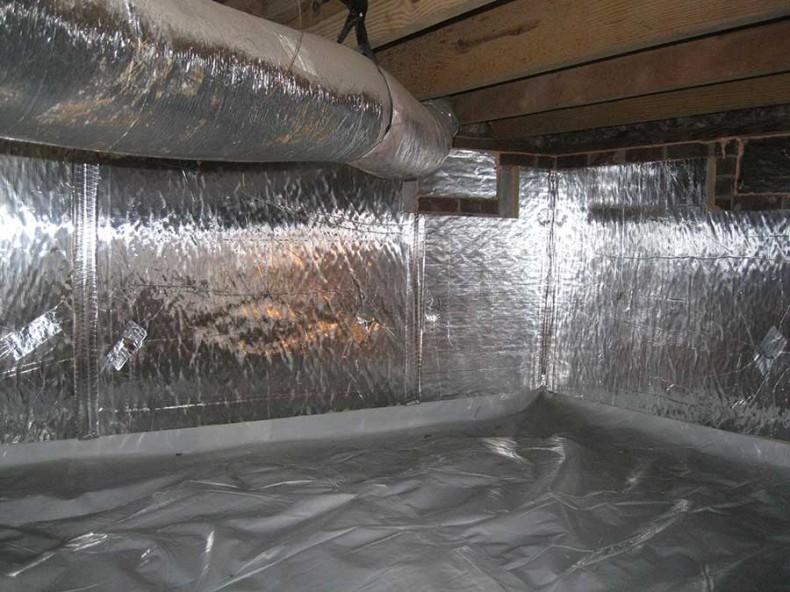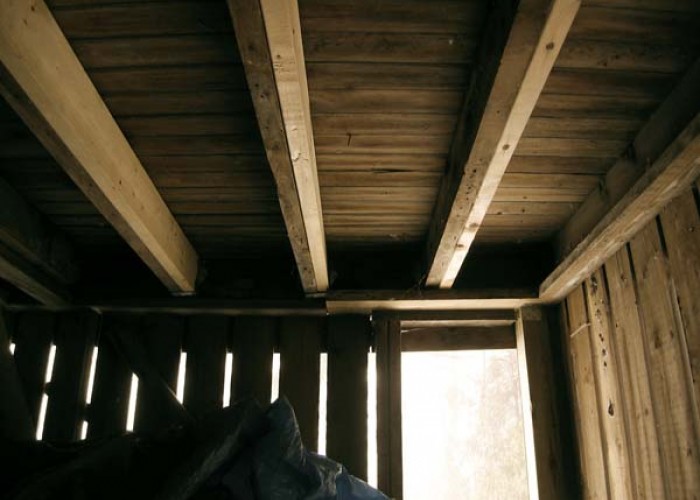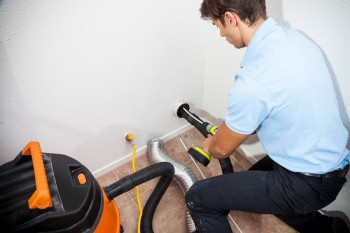How to Close a Crawl Space
Follow these must-dos to improve home health and efficiency
By Hannah McKenzieQ: I'm looking for ways to save money on energy during the winter. Will closing my crawl space vents keep the floors of my home warmer in colder months?
A: I genuinely wish merely closing crawl space vents would make magic happen — warmer floors, no frozen pipes, no bugs — but magic won’t happen. Crawl space vents must be open to limit moisture buildup, mold growth and the possible accumulation of harmful gases such as radon. If moisture and gases can be managed, a possible solution to have warmer floors may be transforming the crawl space to be truly closed 24/7, which means more than just closing the vents.
Closed crawl spaces are sometimes called sealed or conditioned crawl spaces, though neither term is technically accurate. They are air sealed as much as possible but are not truly conditioned like the interior of your home. Closed crawl spaces are enclosed spaces that are isolated from the outdoors and indoors. Homes with closed crawl spaces are known for increased comfort, including fewer drafts, warmer floors, reduced dust, less humidity fluctuation and fewer pests. Energy savings may also be realized if the HVAC system is located in the crawl space.
Here are 7 must-dos to properly close a crawl space:
1 Be safe.
Enclosing any space means being careful about what may be trapped inside. A gas water heater or furnace in the crawl space needs to be a direct-vent or power-vent. Radon gases may be another potential problem. Test for radon and install a mitigation system if necessary.
2 Mind the gap.
Leave a termite inspection gap that is 3 inches tall along the top of the masonry foundation wall. Be sure to check with your pest management professional and contract to avoid any problems with closing the crawl space.
3 Keep them separated.
Isolate the crawl space from the interior of your home and the outdoors by air sealing. Thick plastic covers the floor and curves up the sides of the foundation walls and piers. The edges and seams should be sealed with tape, bucket mastic or caulk. All cracks and holes leading inside the house should be sealed with caulk or foam, as should joints along the perimeter of the foundation where the wood meets masonry to keep outside air out. And don’t forget to air seal and weatherstrip the access door like you would any exterior door to your home.
4 Insulate where required.
Insulate either the foundation walls or between the floor joists.
5 Keep humidity under control.
Remove moisture from the crawl space to keep mold and pests at bay. Control humidity with a dehumidifier or a simple and cheap air supply from the HVAC system. Installing a dehumidifier without air sealing the crawl space is like running a dehumidifier at a backyard cookout—it’s not going to help. The building code also allows for an exhaust fan to draw humid air out of a closed crawl space, but this technique is much less effective.
6 Be ready for flooding.
Accommodate large water events such as excess rain or a plumbing leak with foundation drains, a sump pump and/or flood vents to keep the closed crawl space from turning into a swimming pool and a royal pain in the neck.
7 Shop around.
When hiring a contractor, get at least three estimates, check references and have a detailed scope of work to make sure the quotes include the items outlined above.
Visit crawlspaces.org for a list of resources and more information about moisture control in crawl spaces.
-
Underfoot improvement
-
Share this story:






Comments (1)
Gilbert G Salazar |
September 28, 2018 |
reply